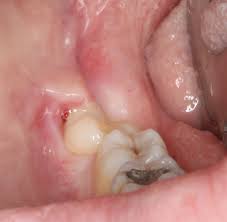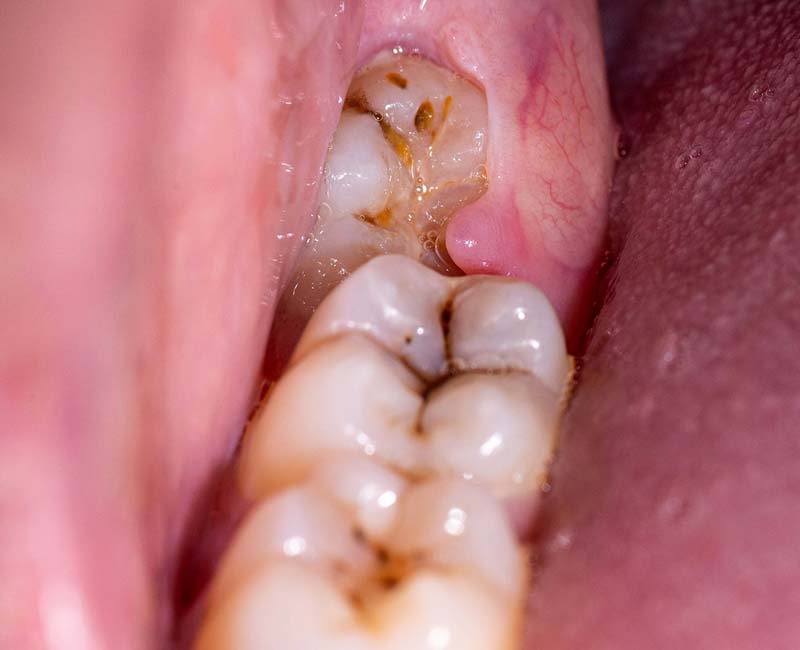unbearable tooth pain is extra pain. About unbearable tooth pain, they are defined to be teeth that are additional to the dentition of normal permanent or deciduous series. The teeth may occur anywhere in the mouth and may appear differently, including as bilaterally or unilaterally, multiple or single tooth, impacted and erupted. These extra teeth’s prevalence is more common in the permanent series of teeth. As these teeth are overlooked generally by the parents, the prevalence of them in primary dentition is low. This condition is considered to be hereditary, as gen is believed to be the cause of these teeth’s appearance by some experts. About the distribution of sex in this case, even though there is no clear significance on it, males have about twice as much compared with women.

Associated Complications
Any complication has not been caused by the unbearable tooth pain. However, these extra may lead to failure or delay of permanent teeth eruption, crowding, root resorption, displacement, displacement, gingival inflammation, adjacent teeth vitality loss, dilaceration, dental caries because of plaque retention in areas that are accessible, periodontal abscesses, incomplete closure of space during the treatment of orthodontic and pathological problems, including formation of dentigerous cyst, odontomas, ameloblastomas and fistulae. Interference in implant replacement and alveolar bone grafting may also happen.

Diagnosis and Management
unbearable tooth pain is occasionally symptomatic. Moreover, during radiographic examination, these extra teeth may be detected as a chance finding. What is mandatory in this case are a detailed history, clinical examination, thorough investigation, early diagnosis and appropriate treatment. Unerupted types of these teeth may be found by chance during the examination. Clinicians may sometimes suspect the teeth’s presence when there is ectopic eruption or eruption failure of the permanent teeth. Periapical radiograph or an anterior occlusal and using panoramic view and paralleling technique are most investigations of radiographic that are useful to give visualization of these extra teeth. Computed tomography has also been used as the detector of the supernumerary presence.
A complete survey of radiography in the entire oral cavity is necessary for the all impacted unbearable tooth pain presence identification. This is because the impact to erupted teeth of supernumerary ratio ranges from 3 to 1. The radiography examination, however, is not the one that is adequate for the definitive diagnosis. The interpretation from radiograph examination should always be conducted in conjunction with the findings that are clinical. The treatment decided will depends on the location and type of the extra teeth and on the potential effect on the soft and hard structure of the adjacent teeth. These extra teeth may lead to complications, for example adjacent teeth’s deep caries. These complications may also require endodontic or restoration of adjacent teeth therapy. The numerary teeth can be managed by one of these two; by maintaining them in frequent observation and arch or by endodontic/removal therapy. The removal of these teeth is recommended if there is associated pathology, the adjacent teeth’s altered displacement or eruption is evident and permanent eruption of tooth that has been delayed because of the unbearable tooth pain presence.
Also See:
Wisdom Tooth Pain Unbearable: Causes, Symptoms, and Relief
What are the reasons of teeth hurts in humans

